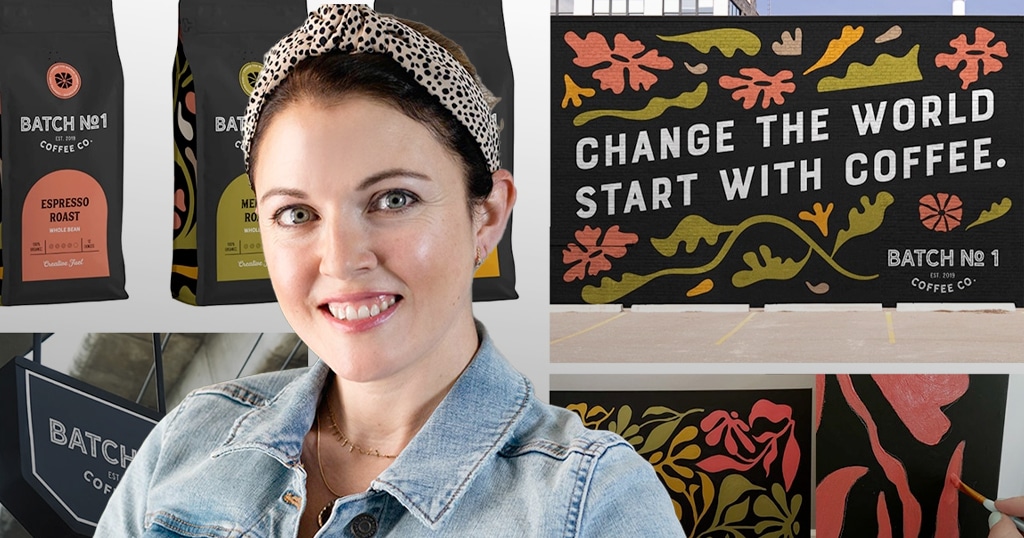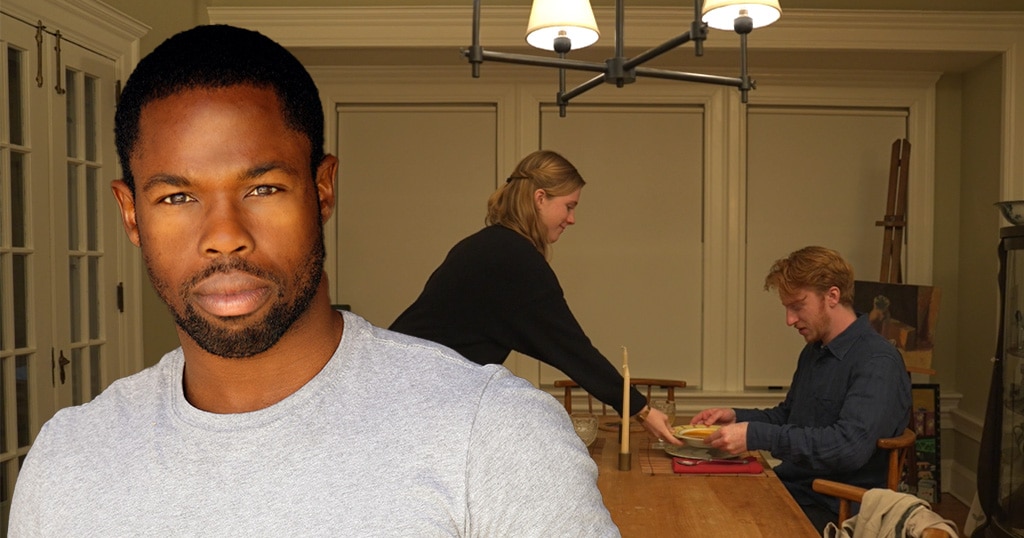How to Succeed in Advertising Design

Diana Dunaj-Kullman is the immediate past president of the AAF – Metro Phoenix Ad Club; and is an approved American Advertising Awards show judge. In 2011, she was awarded “Advertising Person of the Year” by the AAF Metro Phoenix and Ad2 Phoenix clubs.
Q: How has employment in advertising changed in the past 3-5 years? What positions are most in-demand?
Digital advertising now seems to comprise 80% of all marketing initiatives. Front-end and back-end web development are merging into full-stack development positions. In-demand jobs now include UX/UI designer, full-stack developer, multimedia specialist and motion graphics specialist. Clients are forgetting that a big idea moves the sales needle. Not just design. Least secure positions include traditional designer, photographer (outside of a design degree), and traffic manager.
Q: What type(s) of companies are hiring?
Traditional ad agencies aren’t in demand as they used to be. There is a big push to staff up in-house, full-service marketing departments. Corporate clients are looking to hire the same level of talent their former agencies provided, not realizing that creative talent is often stifled because the company wants to run its marketing department the same way it runs its accounting department. Another problem is that most traditional and digital design firms don’t have full-time copywriters on staff. So the design solutions are often lacking a strong messaging component.

Q: In what software or technical skills should an applicant be fluent?
Students should be proficient in all Adobe Creative Cloud programs (InDesign, Photoshop, Illustrator, etc.) including XD. A lot of corporate clients want their designers to know PowerPoint and MS Word. Web developers should know CSS, HTML, Javascript, Bootstrap, jQuery, and WordPress (because so many people ask for this because of the content management system). Web dev should be familiar with a staging app like XD, UXPin or Sketch and a code editor like Visual Studio.
Design skills are also critical. Make sure your work shows a knowledge of excellent typography, designing to a grid, print production (it’s still important to know) and photography. Traditional art skills like drawing are important because the best designers sketch concepts on paper before applying them using a computer.
Q: What projects does graduate need to present a portfolio, and in what portfolio format(s)?
An online portfolio is critical, and it’s nice to have a portion of it printed to use as a leave-behind for post-interview so the interviewer doesn’t forget them if they’re interviewing a lot of candidates. This is also why learning the art of self-promotion is so important.
In a portfolio, I expect to see at least three campaigns that showcase solutions to real business problems, executed in a variety of mediums – print, digital, outdoor, and broadcast. Each campaign should have at least three ads or banners that show that the applicant can “concept” an idea big enough for all mediums, as well as executions like email blasts, radio scripts and collateral.
Criteria I use to judge a portfolio include neatness, organization, brief descriptors of each campaign telling me who the client is, what the problem was, and how they solved it, clean and simple design, a family look and feel for each campaign, plus use of brand standards (where applicable).
Q: What advice do you have for graduates regarding the job search process?
Interviewees should have a game plan for networking and spend class time working on self-promotion tools, such as creative business cards, leave-behinds, and how to set up a stand-out LinkedIn profile. It’s also very important to model good interview behavior through role-playing.
And once you’re hired – the real work begins. Here are some new hire essentials:
- Always spell-check your work
- Always be punctual
- Always be willing to step in on a project
- Spend the first-year learning everything you can; find a workplace mentor you respect and admire and “sit under their feet”
- Study your craft. Ready industry trade publications and attend award shows and conferences. Learning doesn’t stop at graduation
Visit sessions.edu for more information on applying for degree and certificate programs in graphic design. The Sessions College Advisory board is a veteran group of design industry educators and hiring managers. In an annual series of meetings and interviews, our Advisory Board conducts a workplace assessment and program review to ensure our programs keep adapting to changes in the market.

Sessions Staff is a restless soul who loves to share relevant news and design industry information with current and prospective students. Read more articles by Sessions Staff.
RECENTLY ON CAMPUS

























 What Photoshop’s new AI Tools Mean for the Creative Community
What Photoshop’s new AI Tools Mean for the Creative Community
 Gaining Confidence and Working with Clients
Gaining Confidence and Working with Clients Exploring the Artistry of Filmmaking
Exploring the Artistry of Filmmaking